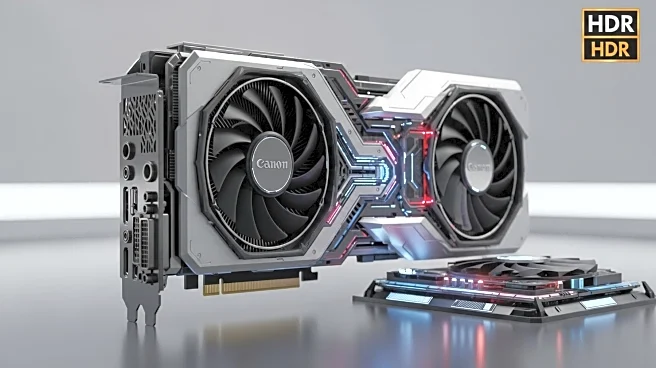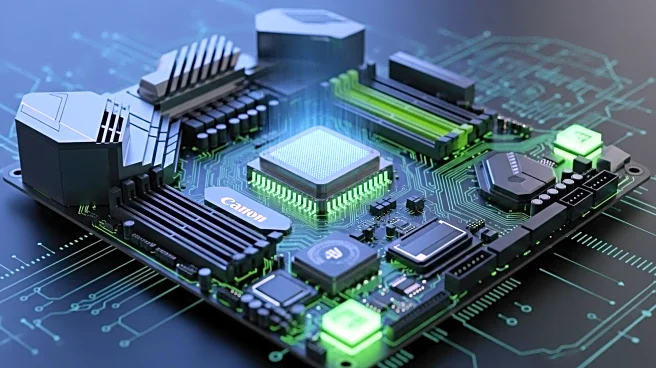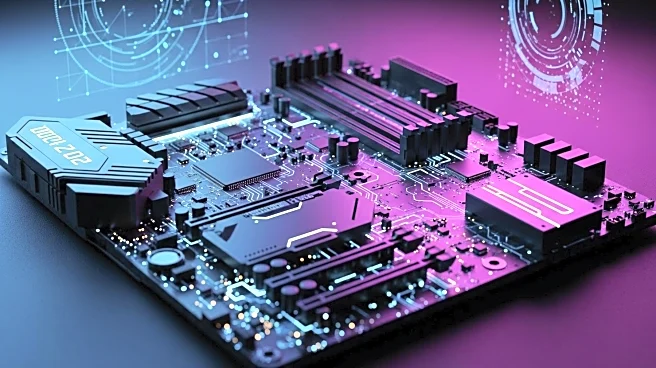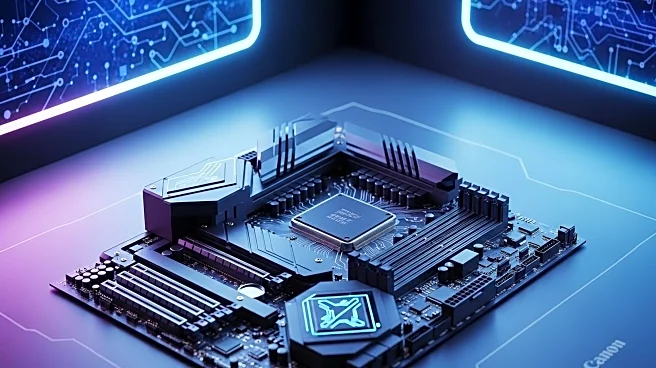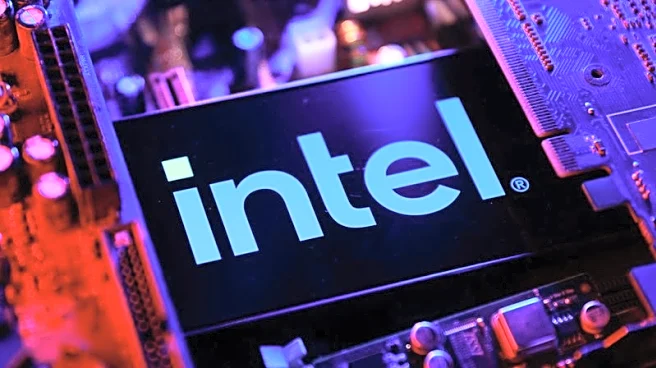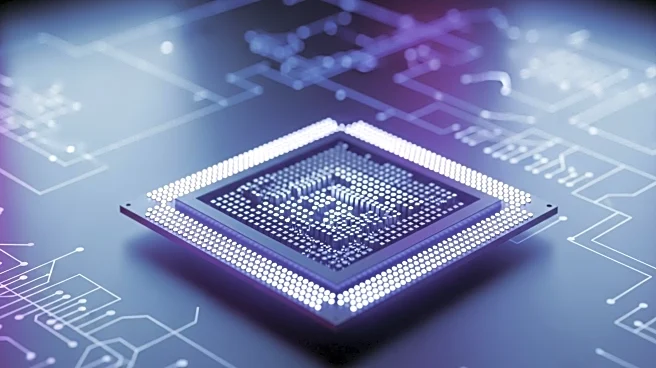What's Happening?
Intel's Panther Lake mobile chips are set to debut with the 18A 2nm fab process, promising faster graphics and better battery life. The new chips feature the RibbonFET transistor architecture, which enhances power efficiency and performance. Panther Lake chips are expected to appear in high-end thin-and-light laptops, offering improved integrated graphics and NPU performance. The Xe3 graphics architecture adds optimized cores, boosting performance for gaming and AI-heavy calculations. The chips also support staggered HDR acceleration for better image processing in webcams.
Why It's Important?
The Panther Lake mobile chips represent Intel's efforts to compete with Apple, Qualcomm, and AMD in the mobile computing market. The focus on graphics performance and battery efficiency is crucial for attracting consumers who demand high-performance laptops with long battery life. The introduction of RibbonFET and Xe3 architecture could position Intel as a leader in mobile chip technology, challenging competitors with innovative solutions.
What's Next?
Intel plans to showcase Panther Lake chips at CES 2026, with major laptop manufacturers expected to integrate them into new models. The chips' performance in gaming and AI applications will be closely monitored, as Intel seeks to establish its dominance in the mobile computing market. The competition from Apple, Qualcomm, and AMD will likely drive further innovation in chip technology, as Intel aims to capture market share.
Beyond the Headlines
Intel's approach to mobile chip design with Panther Lake reflects broader industry trends towards efficient and powerful solutions. The focus on AI capabilities and graphics performance aligns with the growing demand for high-performance laptops that can handle complex tasks. The collaboration with Nvidia and the U.S. government's involvement in Intel's operations highlight the strategic importance of semiconductor technology in national security and economic competitiveness.


